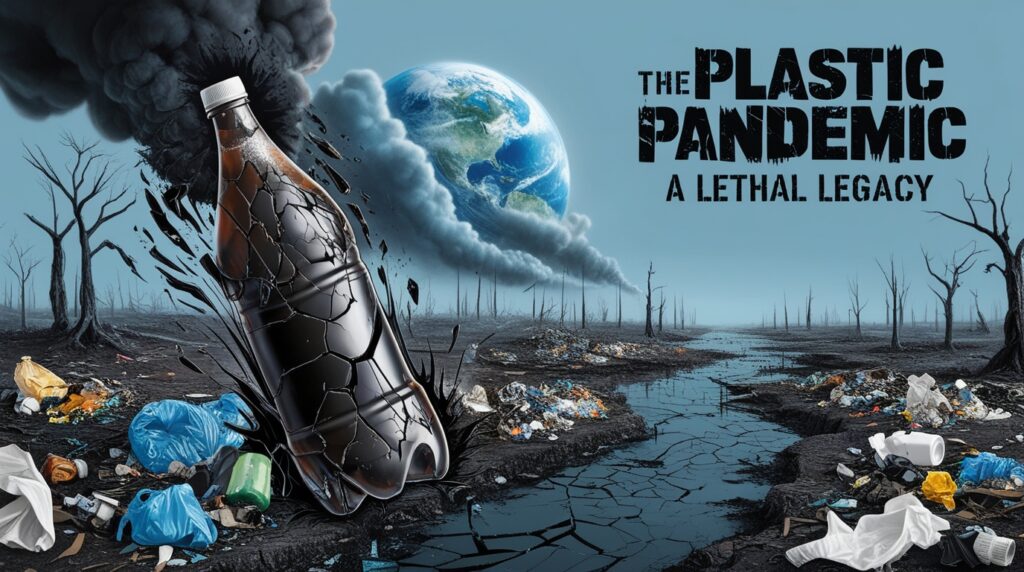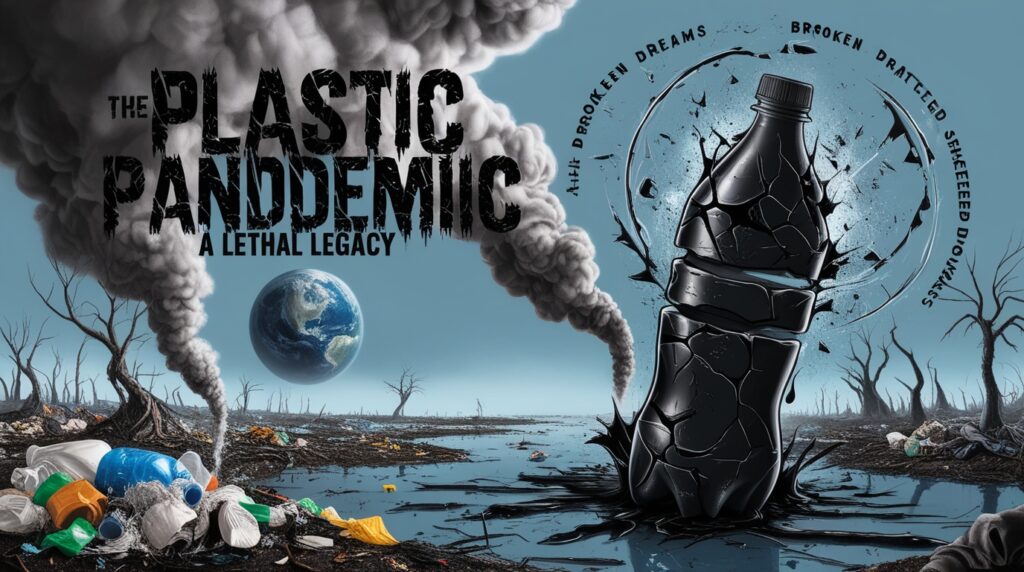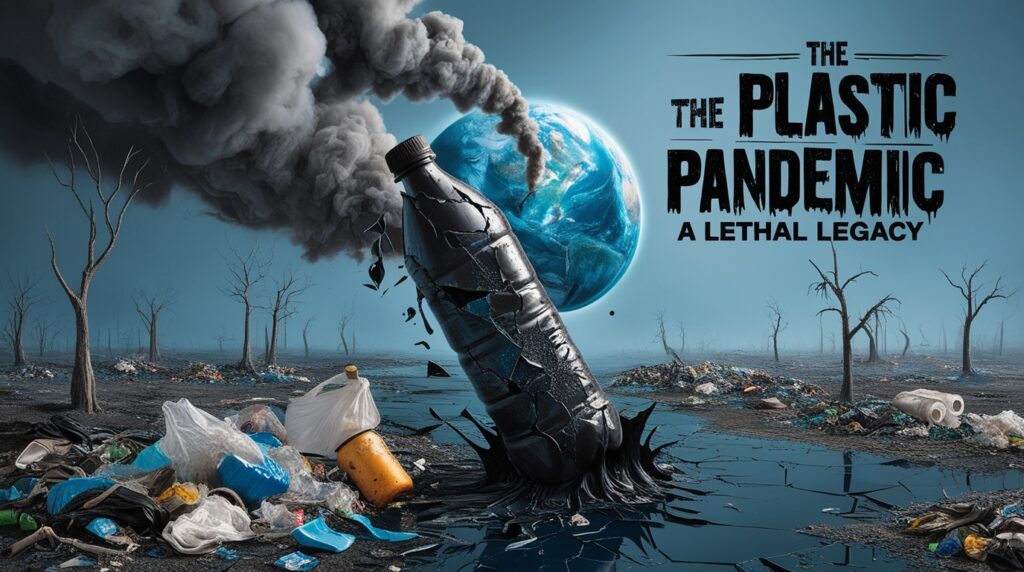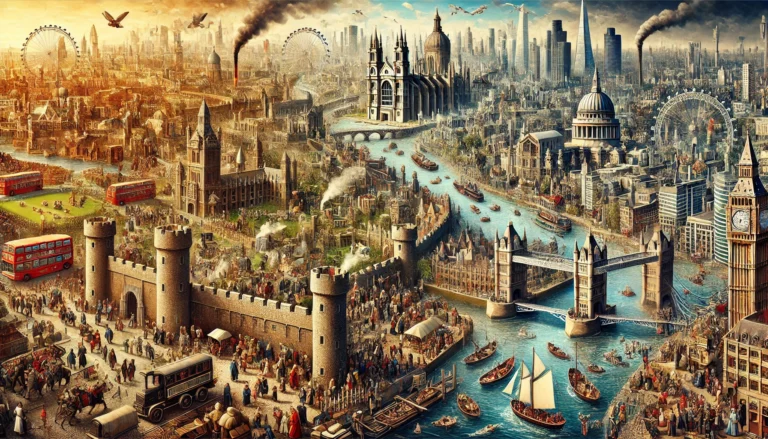
Plastic pollution has become one of the most pressing environmental challenges of our time. With over 300 million tons of plastic produced annually worldwide, its widespread use and improper disposal have led to severe consequences for ecosystems, wildlife, and human health. This article delves into the causes, impacts, and potential solutions to the pervasive issue of plastic pollution.
Causes of Plastic Pollution
- Excessive Production and Use
Plastic’s versatility and low production cost have made it indispensable in modern life, from packaging and electronics to construction and healthcare. However, this convenience comes at a high environmental cost. Single-use plastics, which account for a significant portion of global plastic production, are particularly problematic due to their short lifespan and poor recycling rates. - Inadequate Waste Management
Many countries, especially in developing regions, lack the infrastructure to manage plastic waste effectively. Mismanaged waste often ends up in landfills, rivers, and eventually the ocean. Even in regions with advanced waste management systems, a large portion of plastic waste remains unrecycled due to contamination or economic constraints. - Littering and Human Negligence
Improper disposal of plastic waste by individuals contributes significantly to pollution. Littering in urban areas, recreational sites, and along coastlines allows plastic to spread easily across environments.
Impacts of Plastic Pollution
- Harm to Wildlife
Marine animals and birds often mistake plastic for food, leading to ingestion that can cause choking, starvation, and internal injuries. Microplastics—tiny plastic particles resulting from the breakdown of larger items—can also accumulate in the tissues of aquatic organisms, disrupting their health and the food chain. - Environmental Degradation
Plastic does not biodegrade but instead breaks into smaller fragments, persisting in the environment for centuries. This accumulation disrupts natural ecosystems, contaminates soil and water sources, and alters habitats. - Human Health Risks
The presence of microplastics in water, food, and air poses potential risks to human health. Studies have linked certain plastic additives, such as phthalates and bisphenol A (BPA), to hormonal disruptions, developmental issues, and cancer. - Economic Costs
Plastic pollution incurs significant economic losses. Coastal communities suffer from reduced tourism, fisheries face declining stocks due to marine pollution, and governments bear high costs for cleanup efforts.
Solutions to Plastic Pollution

- Promoting Sustainable Alternatives
Replacing single-use plastics with sustainable materials such as biodegradable packaging, glass, and metal can reduce the reliance on plastics. Innovation in materials science is critical to developing alternatives that are both cost-effective and environmentally friendly. - Strengthening Recycling Systems
Governments and industries must invest in better recycling technologies and infrastructure. Educating the public about proper waste segregation and supporting initiatives for extended producer responsibility (EPR) can also enhance recycling rates. - Legislation and Policy Changes
Bans or taxes on single-use plastics, such as plastic bags and straws, have proven effective in reducing plastic waste. International agreements, such as the recent push for a global plastics treaty, aim to address the issue on a broader scale. - Raising Public Awareness
Community-led cleanup drives, awareness campaigns, and environmental education programs are crucial in encouraging behavioral changes. Empowering individuals to reduce their plastic footprint through actions like reusable shopping bags, water bottles, and containers can have a collective impact. - Innovative Cleanup Solutions
Technologies such as ocean-cleaning devices and biodegradable plastics are emerging as potential game-changers. Initiatives like “The Ocean Cleanup” aim to remove plastic waste from rivers and oceans, addressing pollution at its source.
Conclusion

Plastic pollution is a global issue that demands urgent action from governments, industries, and individuals alike. While the challenges are vast, collective efforts can mitigate the crisis and pave the way toward a cleaner, healthier planet. By embracing sustainable practices, enhancing waste management systems, and fostering innovation, humanity can address the plastic problem and safeguard the environment for future generations.






